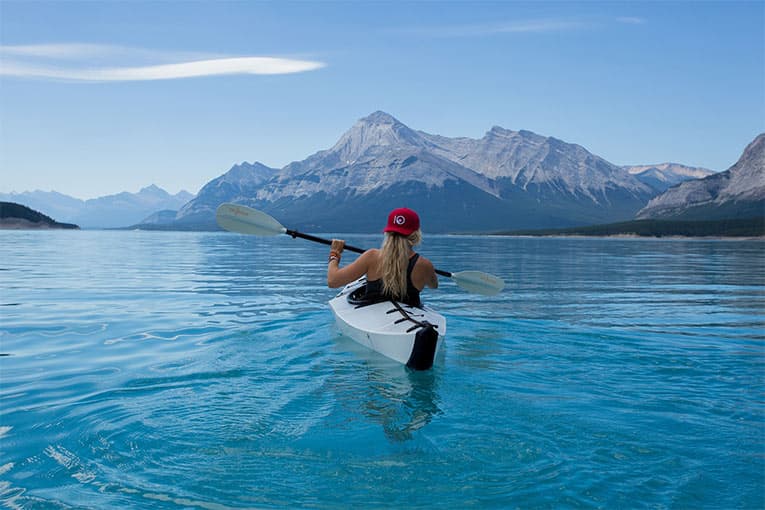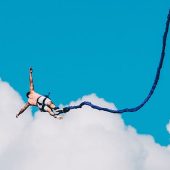Kayaking and canoeing are popular outdoor recreational activities in the United States, enjoyed by millions of people every year. However, like any water-based activity, they come with inherent risks. To ensure the safety of paddlers, there are several regulations in place in the USA that govern kayaking and canoeing activities. These regulations are designed to protect paddlers and promote safe practices on the water.
US Coast Guard Safety Requirements for Kayaking and Canoeing
The U.S. Coast Guard has established safety requirements for kayaking and canoeing, which apply to all vessels, including kayaks and canoes. According to federal law, kayaks and canoes are classified as “vessels” and are subject to certain safety regulations. These regulations include the requirement to have a wearable personal flotation device (PFD) for each person on board, a whistle or horn to signal other vessels, and navigation lights if paddling at night. Additionally, kayaks and canoes are required to carry a visual distress signal (such as flares) if operating in coastal waters or open waters of the Great Lakes.
State-Specific Safety Regulations for Kayaking and Canoeing in the USA
In addition to the federal regulations, each state may have its specific safety regulations for kayaking and canoeing. These regulations may vary from state to state, and paddlers need to familiarize themselves with the regulations in their specific state of operation. State-specific regulations may include requirements for the use of PFDs, age restrictions for paddlers, rules for boating under the influence (BUI), and equipment safety standards.
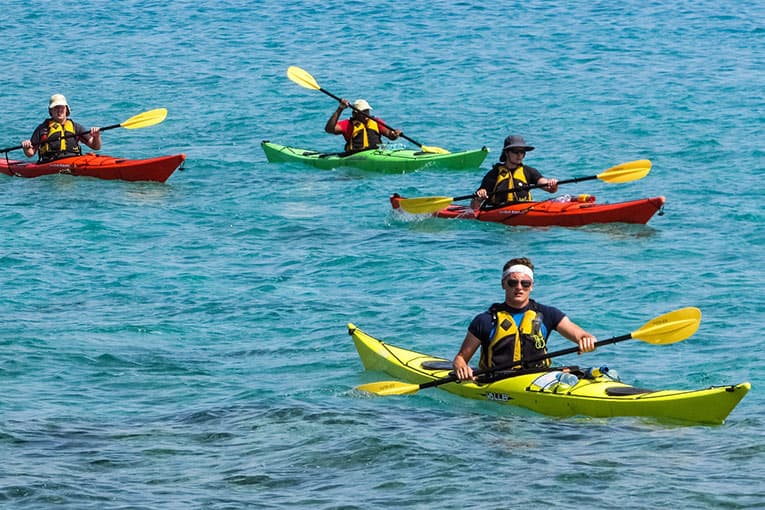
PFD (Personal Flotation Device) Requirements for Kayaking and Canoeing in the USA
One of the most critical safety regulations for kayaking and canoeing in the USA is the requirement to wear a personal flotation device (PFD). According to federal law, every person on board a kayak or canoe must have a Coast Guard-approved wearable PFD. The PFD must be the appropriate size for the wearer and in good condition. It’s important to note that simply having a PFD on board is not enough – it must be worn at all times while on the water.
Boating Safety Courses for Kayaking and Canoeing in the USA
Many states in the USA require paddlers to complete a boating safety course before operating a kayak or canoe. These courses cover topics such as navigation rules, weather safety, PFD requirements, and other important safety considerations. Completing a boating safety course can help paddlers understand the rules and regulations governing kayaking and canoeing, and ensure that they have the knowledge to safely operate their vessels on the water.
Boating Under the Influence (BUI) Laws for Kayaking and Canoeing in the USA
Just like operating a motor vehicle, it is illegal to operate a kayak or canoe while under the influence of alcohol or drugs in the USA. Boating under the influence (BUI) laws apply to all vessels, including kayaks and canoes. Paddlers who are found to be operating their vessels while impaired can face serious consequences, including fines, license suspension, and even criminal charges. Paddlers need to understand and abide by BUI laws to ensure the safety of themselves and others on the water.
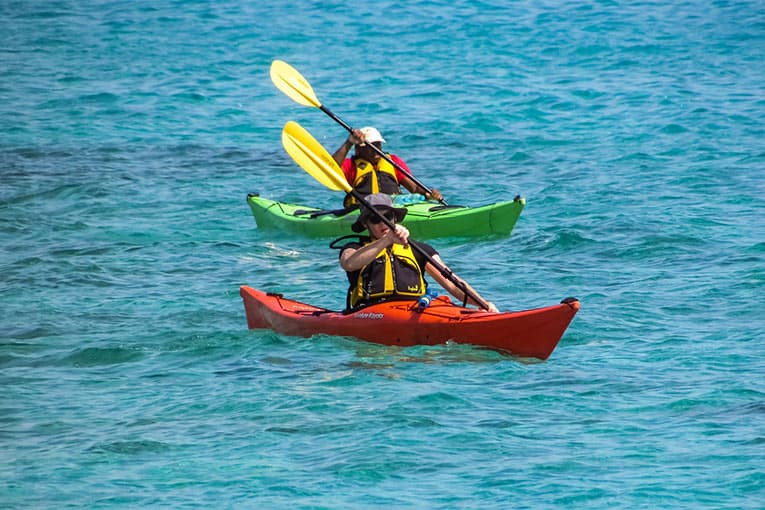
Kayaking and Canoeing Equipment Safety Standards in the USA
In the USA, there are specific safety standards in place for kayaking and canoeing equipment. These standards aim to ensure that kayaks and canoes are designed and constructed with safety in mind. For example, kayaks and canoes must have adequate buoyancy to prevent them from sinking if capsized. They should also have proper seating and footrests to ensure comfort and stability for paddlers. Additionally, kayaks and canoes are required to have appropriate labeling, including information on weight capacity, manufacturer’s information, and recommended usage. These equipment safety standards help to ensure that paddlers have reliable and safe vessels for their kayaking and canoeing adventures.
Weather-Related Safety Precautions for Kayaking and Canoeing in the USA
Weather can play a significant role in the safety of kayaking and canoeing trips. Paddlers need to be aware of weather-related safety precautions to protect themselves while on the water. This includes checking weather forecasts before heading out, being aware of potential changes in weather conditions, and knowing how to respond to adverse weather situations. Paddlers should be prepared with appropriate clothing, including wearing a PFD at all times, and have communication devices such as a whistle or a waterproof mobile phone. Understanding weather-related safety precautions is crucial to ensure that paddlers can make informed decisions and stay safe during their kayaking and canoeing adventures.
Nighttime Kayaking and Canoeing Safety Regulations in the USA
Kayaking and canoeing at night pose unique challenges and require additional safety precautions. In the USA, there are specific regulations for nighttime kayaking and canoeing to ensure the safety of paddlers. These regulations may include requirements for navigation lights, such as a white light visible from all directions, to make the vessel visible to other boaters. Paddlers should also take extra precautions when navigating in the dark, such as using a compass or GPS to maintain direction, wearing reflective clothing, and being vigilant of potential hazards, such as obstacles or other vessels. Adhering to nighttime kayaking and canoeing safety regulations is essential to minimize risks and ensure safe paddling in low visibility conditions.
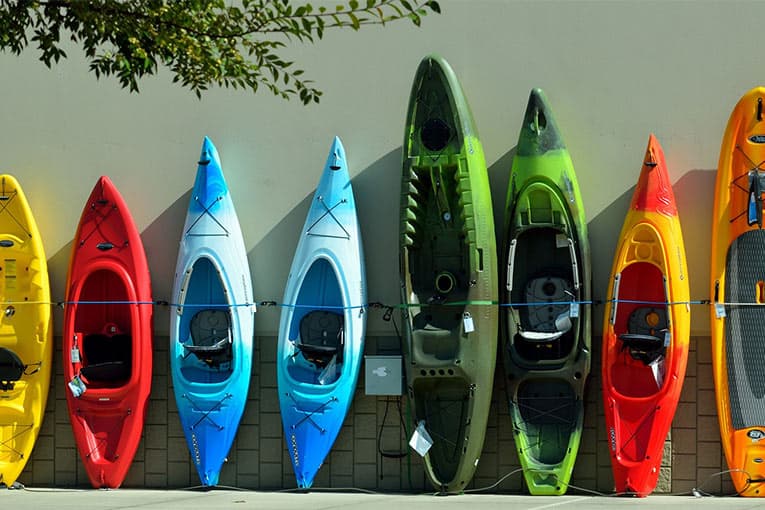
Coastal Kayaking and Canoeing Safety Regulations in the USA
Kayaking and canoeing in coastal waters come with unique risks and challenges, and there are specific safety regulations in place in the USA to address these concerns. Coastal kayaking and canoeing safety regulations may include requirements for navigation lights, visual distress signals, and additional safety equipment such as bilge pumps or sea anchors. Paddlers should also be aware of potential hazards in coastal waters, such as strong currents, tides, and changing weather conditions. It’s essential for coastal paddlers to be well-prepared, have appropriate training, and follow all safety regulations to ensure safe and enjoyable experiences while kayaking or canoeing in the coastal waters of the USA.
